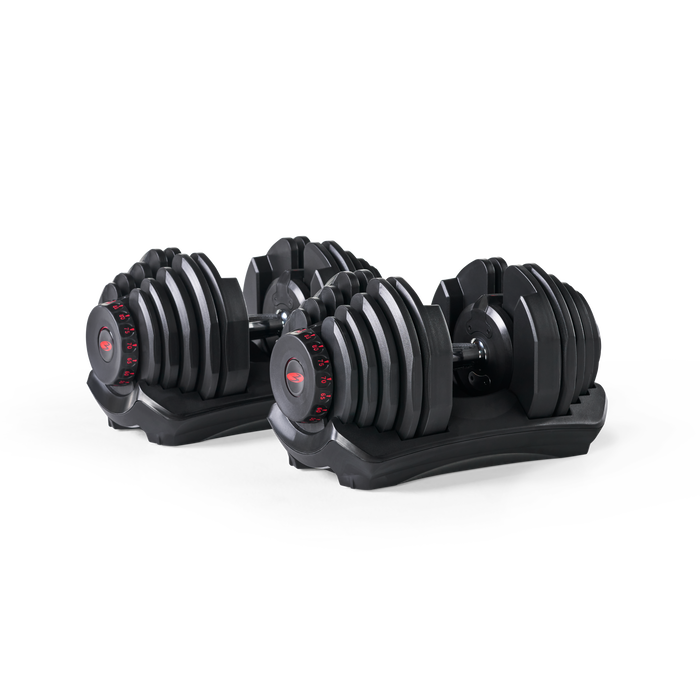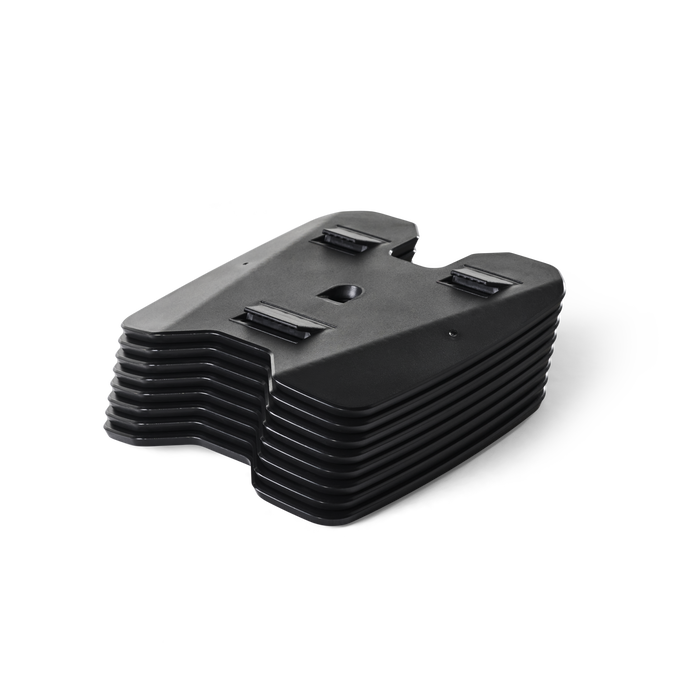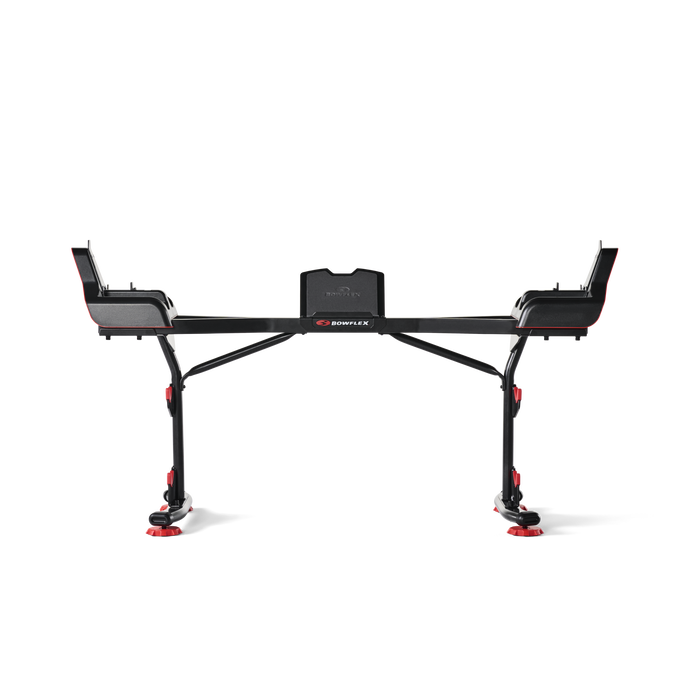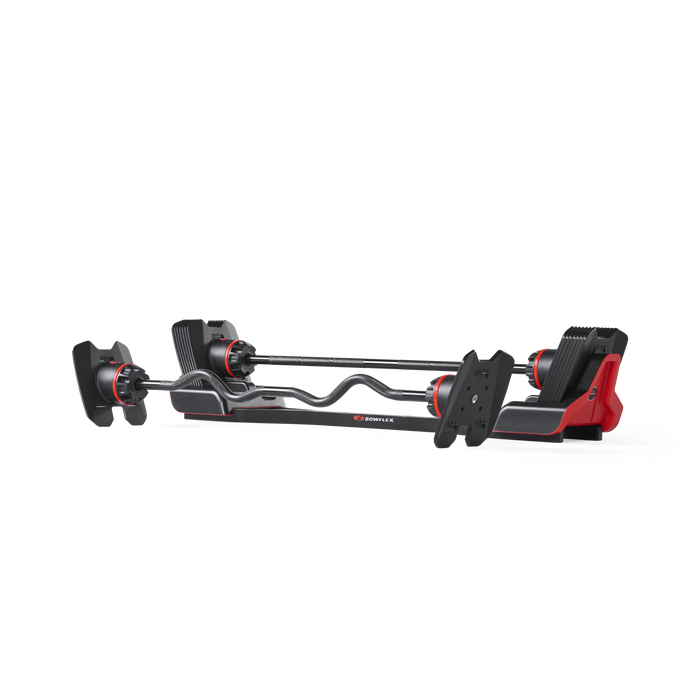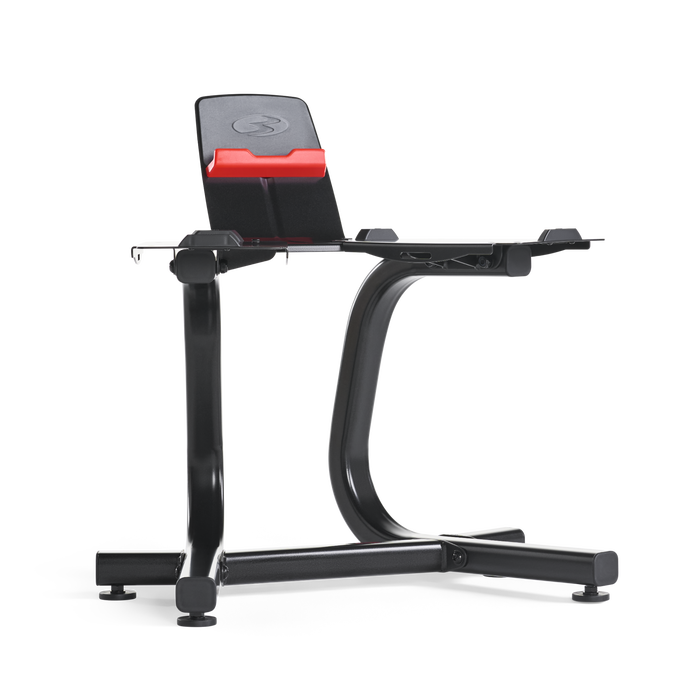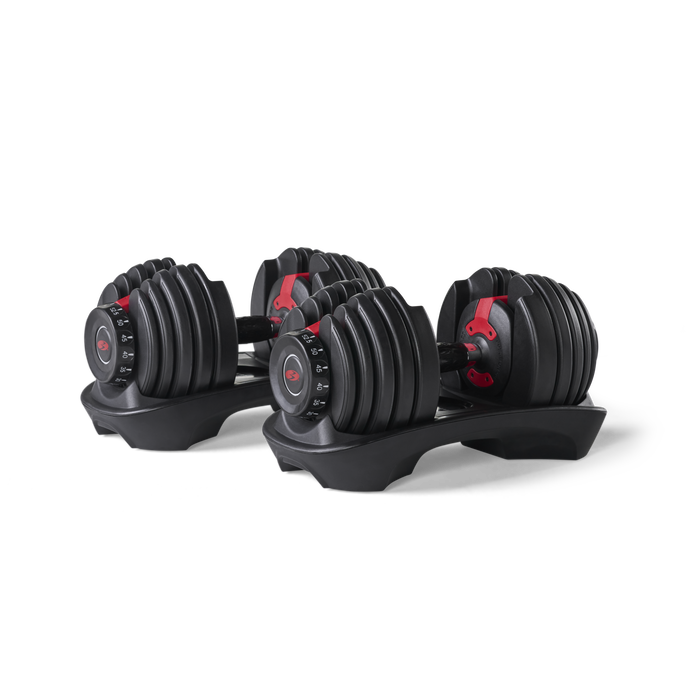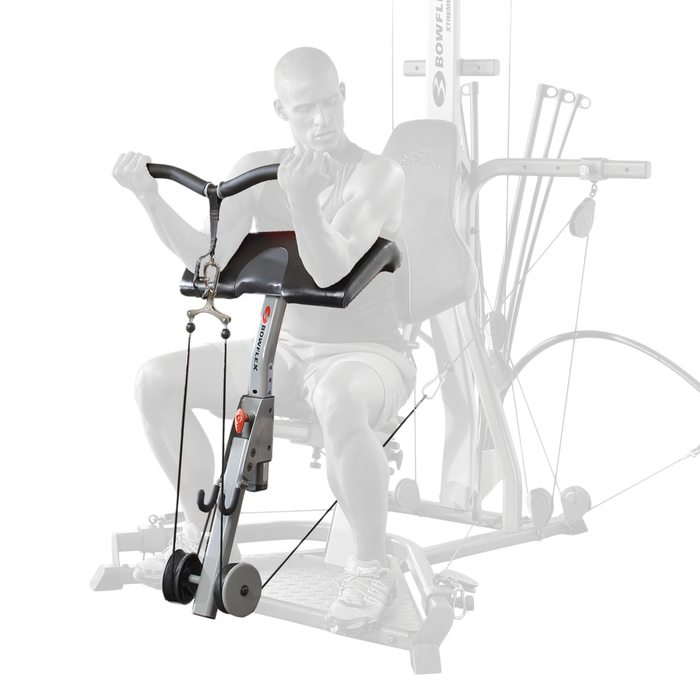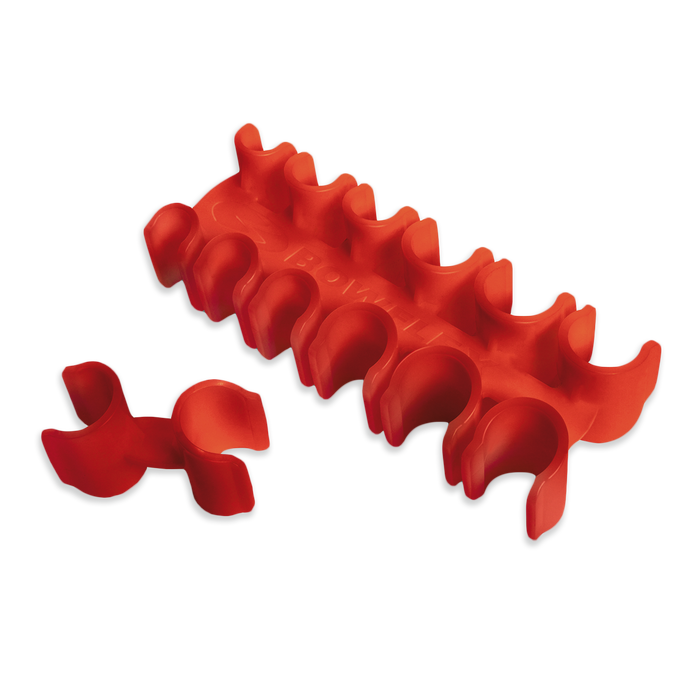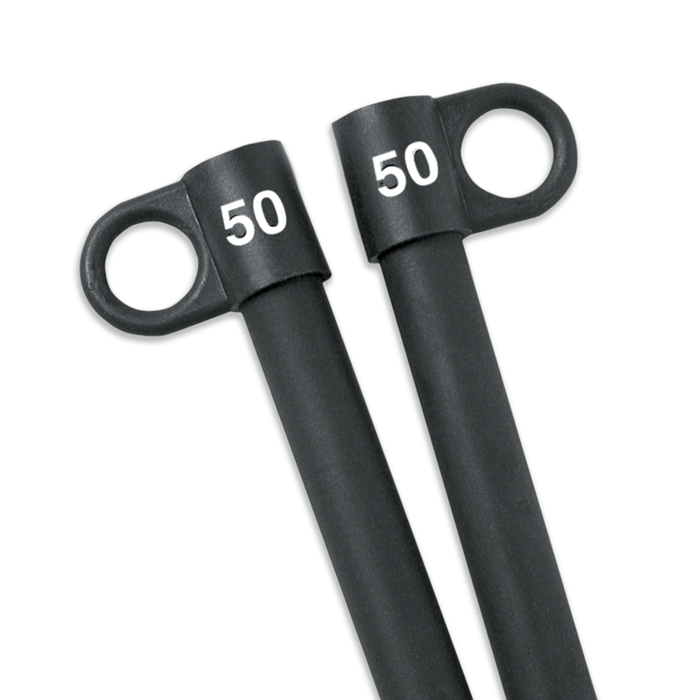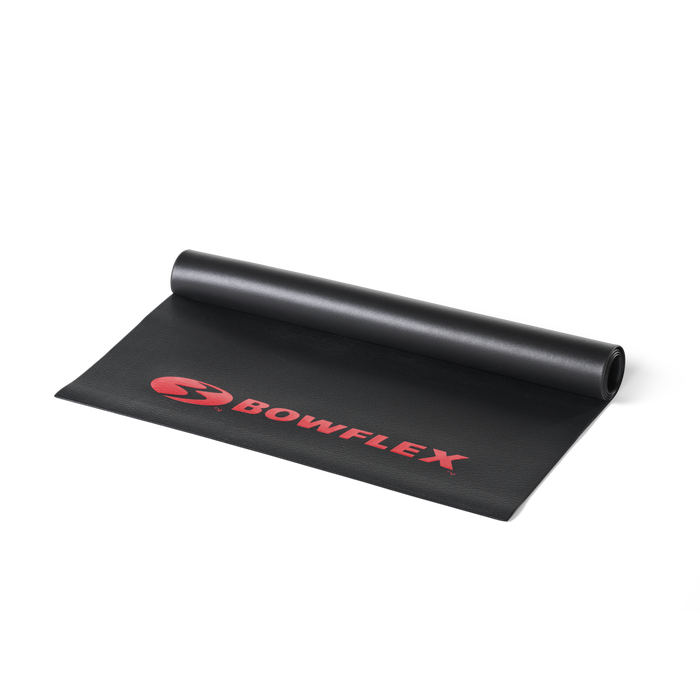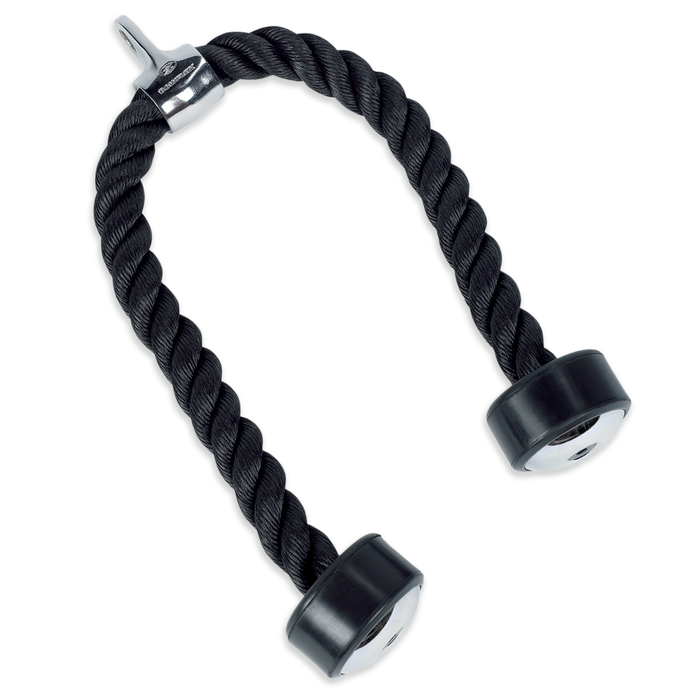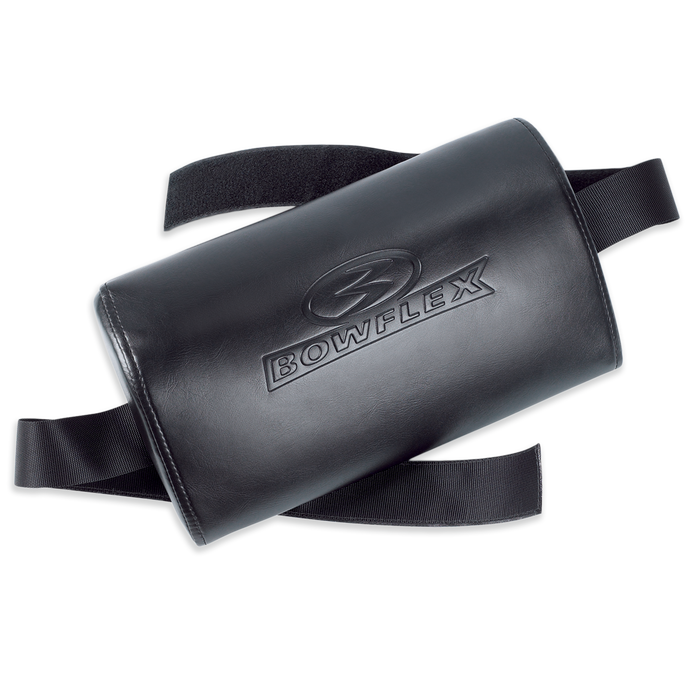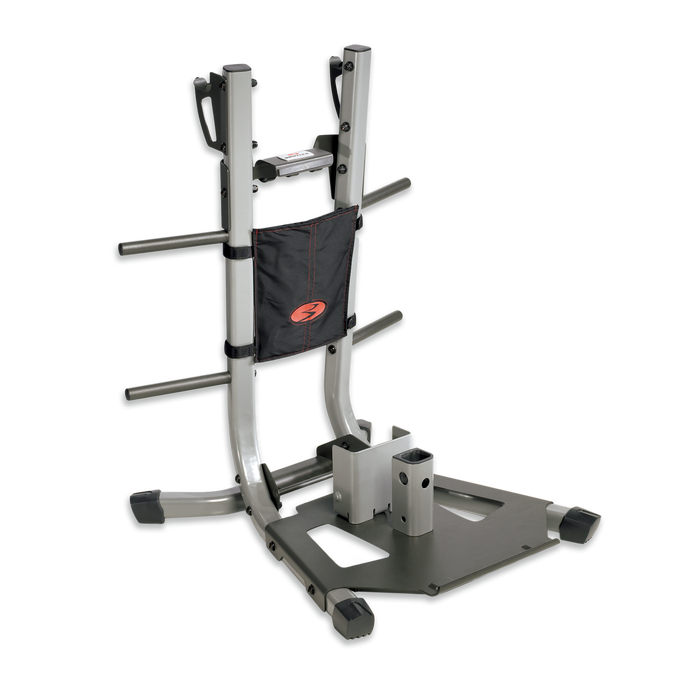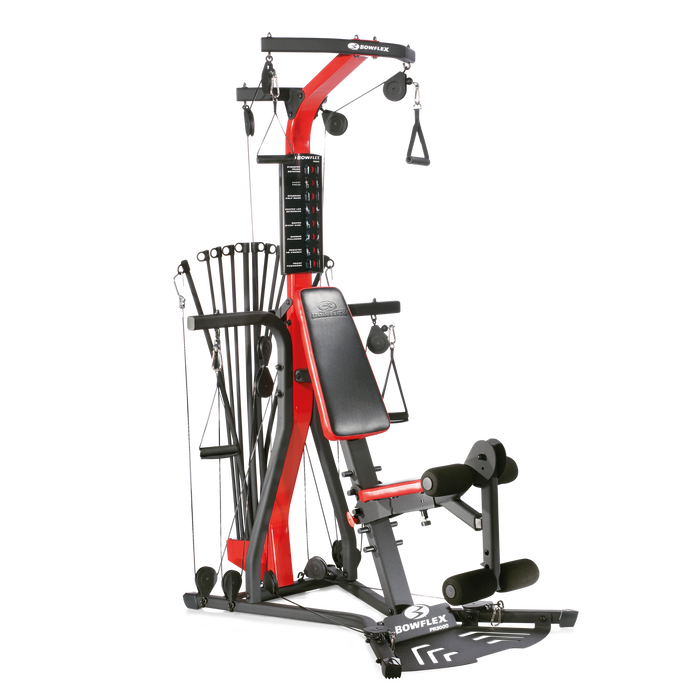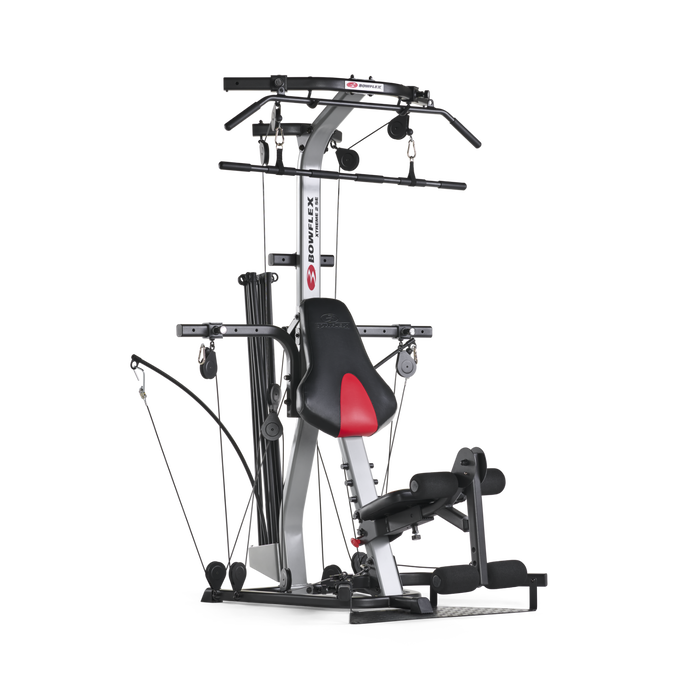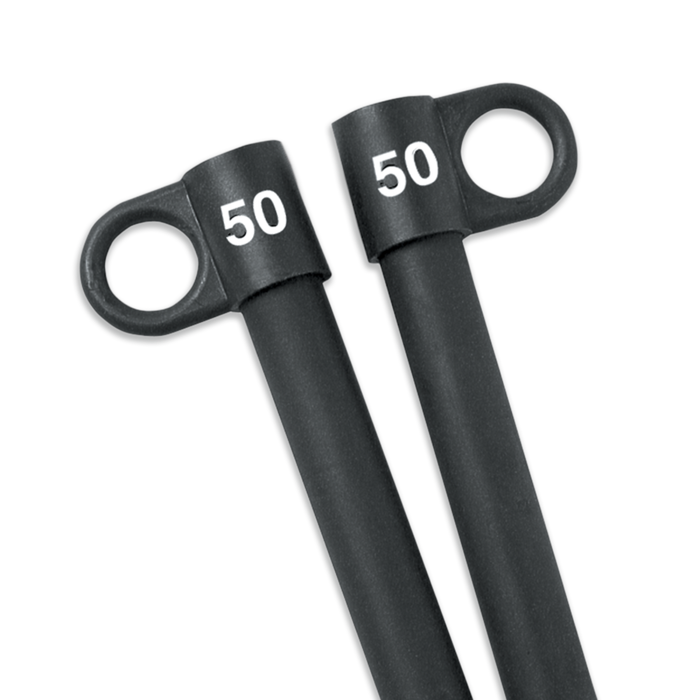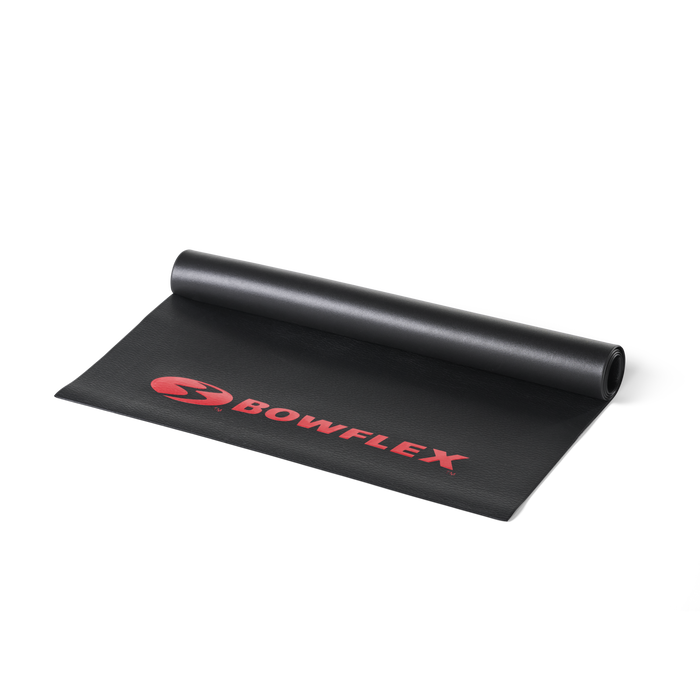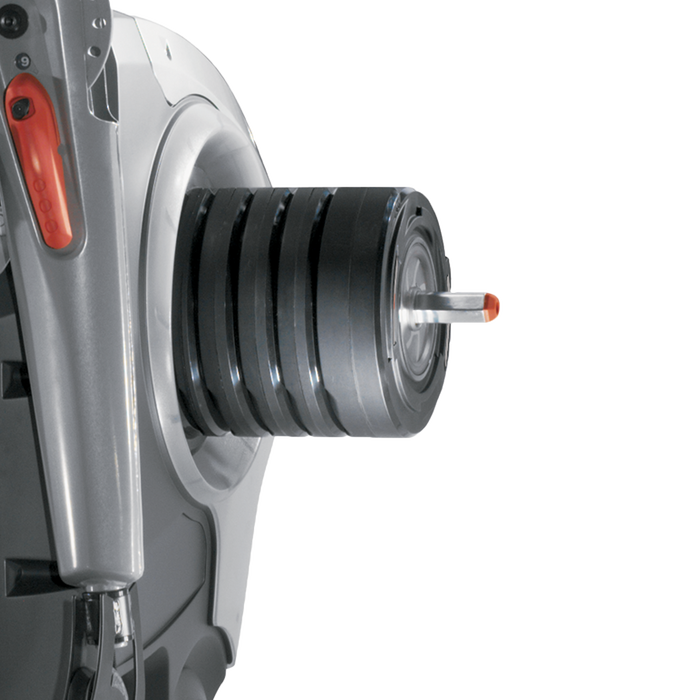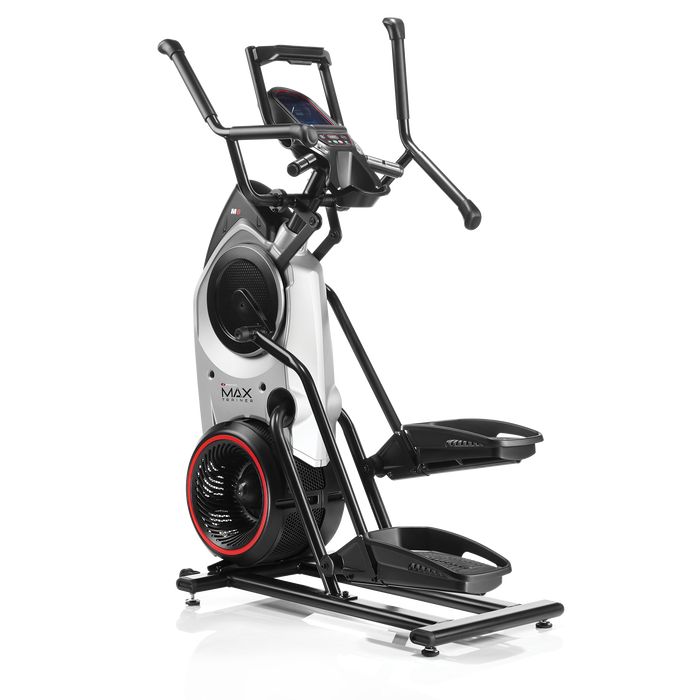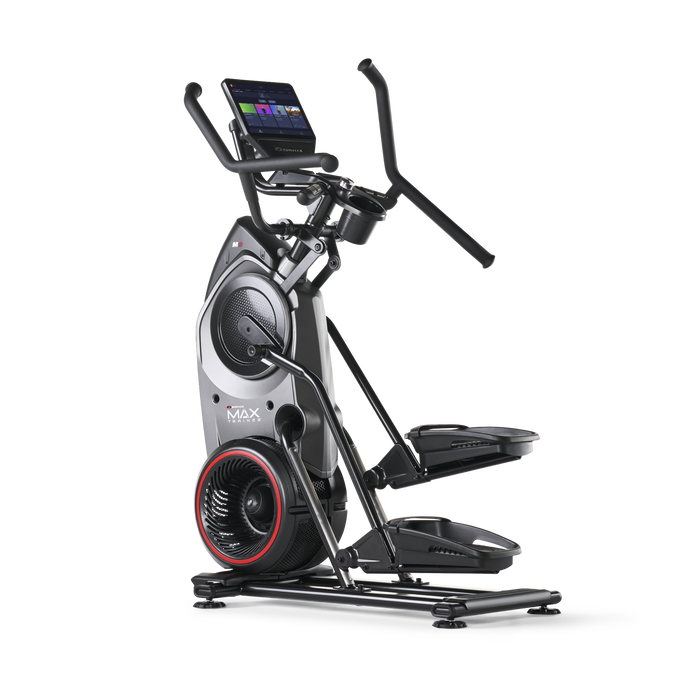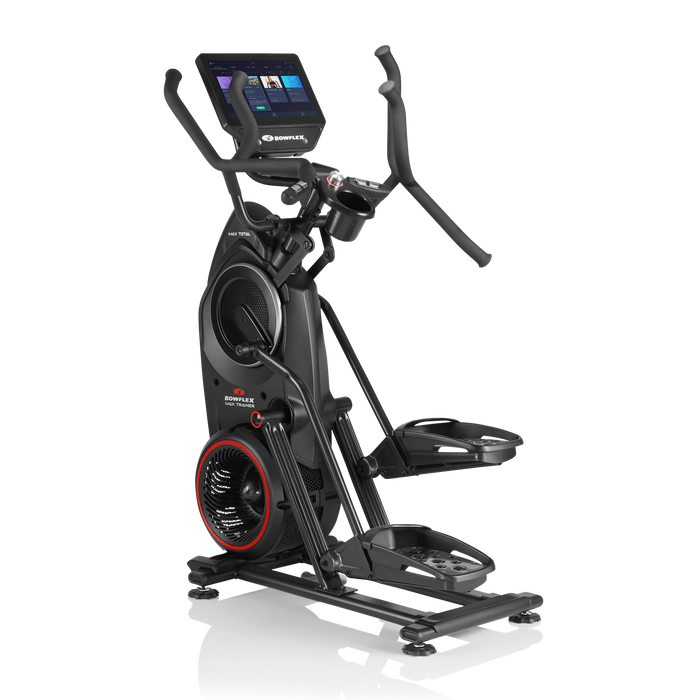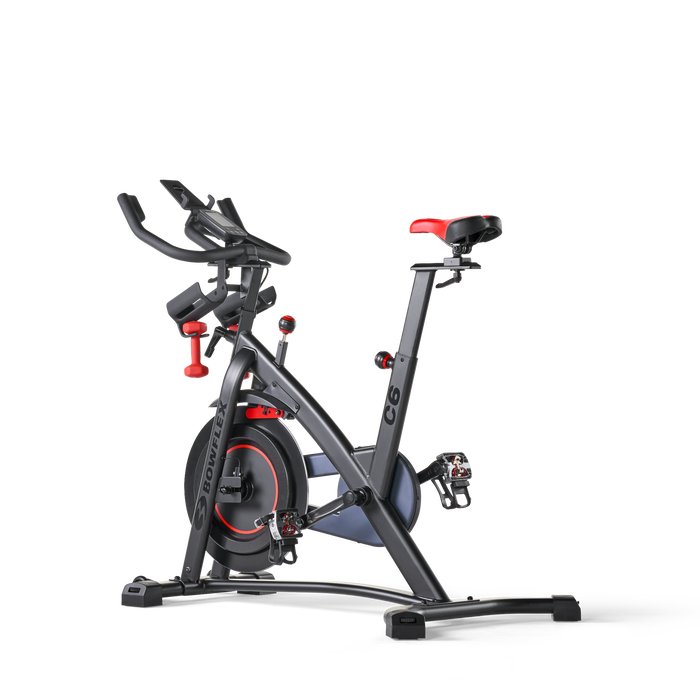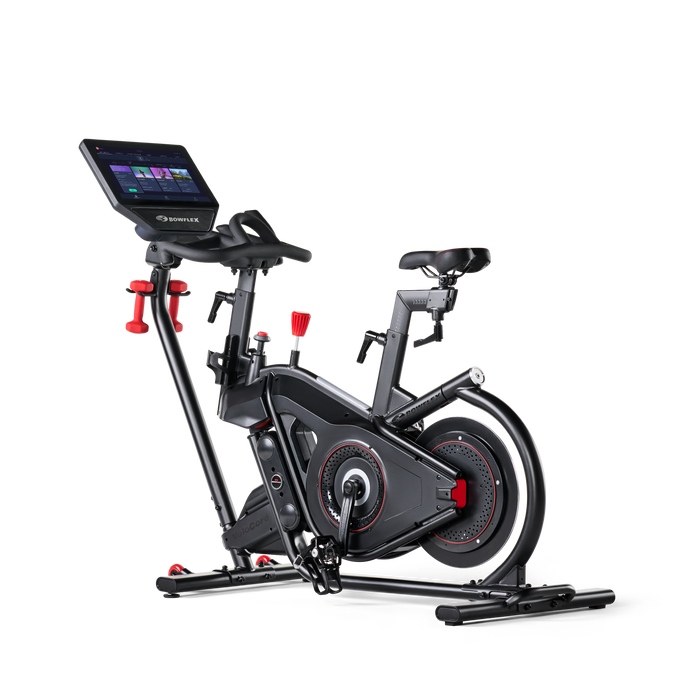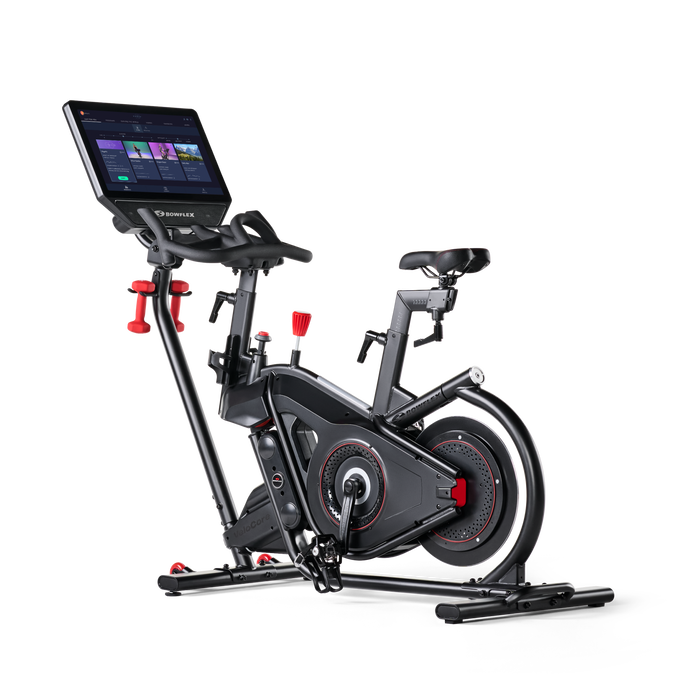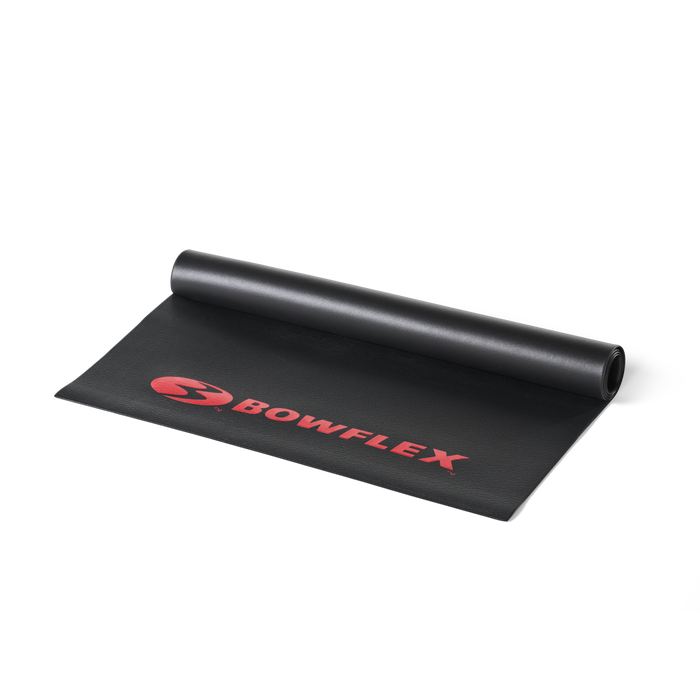Exercise Myths

Will drinking water flush fat from your body? Does Pilates give you flat abs? Will sweating in the sauna help you lose weight? Is running bad for your knees and back?
With a little perusing on the internet, you will find consensus on most exercise topics, and can usually uncover what is true and what is not. However, there are a few exercise myths that still persist, even though the research is clear and consistent.
Here are some of the top myths and some information to set the record straight!
Spot reducing – This is the myth that suggests certain exercises or movements can reduce fat from specific parts of your body. The truth is that fat is stored throughout the body, and cardio or strength exercise (along with a proper diet) can help reduce fat stores from different areas, but not necessarily from the area of the body you are exercising. In fact, exercisers often comment that the first place they gain fat is the last place they lose it, no matter what specific exercises they do! Patience and a well-rounded exercise program is the key to losing fat and keeping it off.
Strength training makes women big and bulky – This is the myth that suggests strength training makes women muscular. The truth is building big muscles takes a lot of work, and women would have to spend hours in the gym, adhere to strict muscle building diets and even use steroids to put on the kind of muscle size that men might. This is because women have very little testosterone when compared to men, and this is the hormone required to develop large muscles. Research has shown that women can greatly increase their ability to stay lean and/or lose fat, without getting big and bulky, if they incorporate strength training into their workout programs.
Low intensity cardio exercise is the only way to burn fat – This is the myth that suggests lower intensity, steady-state aerobic exercise is the best method for burning the most fat. The truth is that our bodies burn fat when the amount of energy we expend is greater that the amount of calories we consume, and this deficit can be achieved in a variety of ways. Increasing lean muscle through strength training can help burn fat, and higher intensity, interval training can also burn fat. In fact, most people find the greatest success by mixing up their routines, and including a variety of different styles and effort levels, not just low intensity cardio exercise.
When you don't workout, your muscle can turn to fat – This is the myth that suggests not exercising will make your muscles turn into soft, flabby fat. The truth is that fat and muscle are two completely different types of tissue, and can never be turned into each other. If you stop exercising, muscle tissue can shrink and become less toned, and fat cells can increase in size. This will make you look and feel flabbier. However, it is not because you have converted muscle into fat, but rather because you have more fat and less muscle overall. In addition, muscles burn calories whereas fat stores calories. So when you lose muscle, your metabolism slows down, and consuming the same amount of calories as before may cause you to ultimately gain body fat because you are burning up less calories throughout your day.
